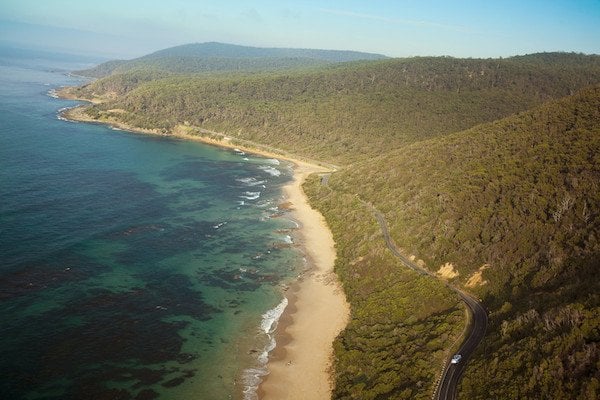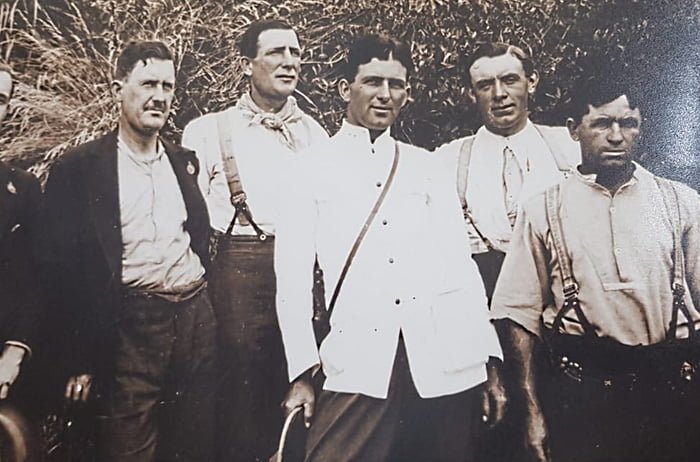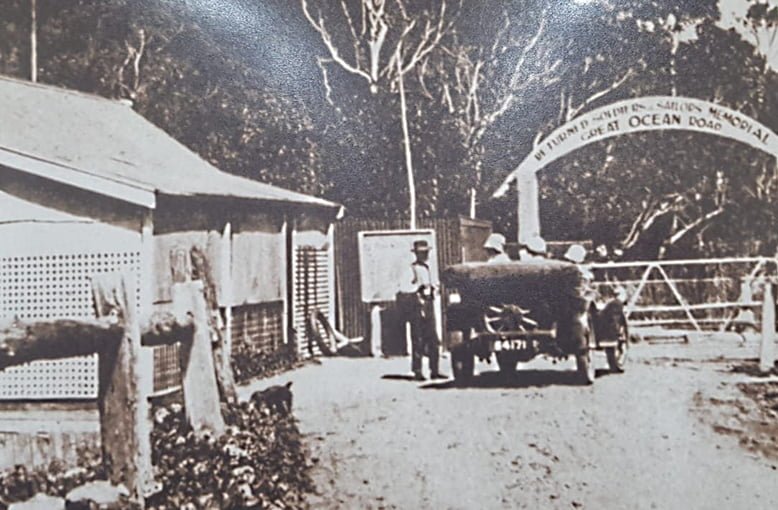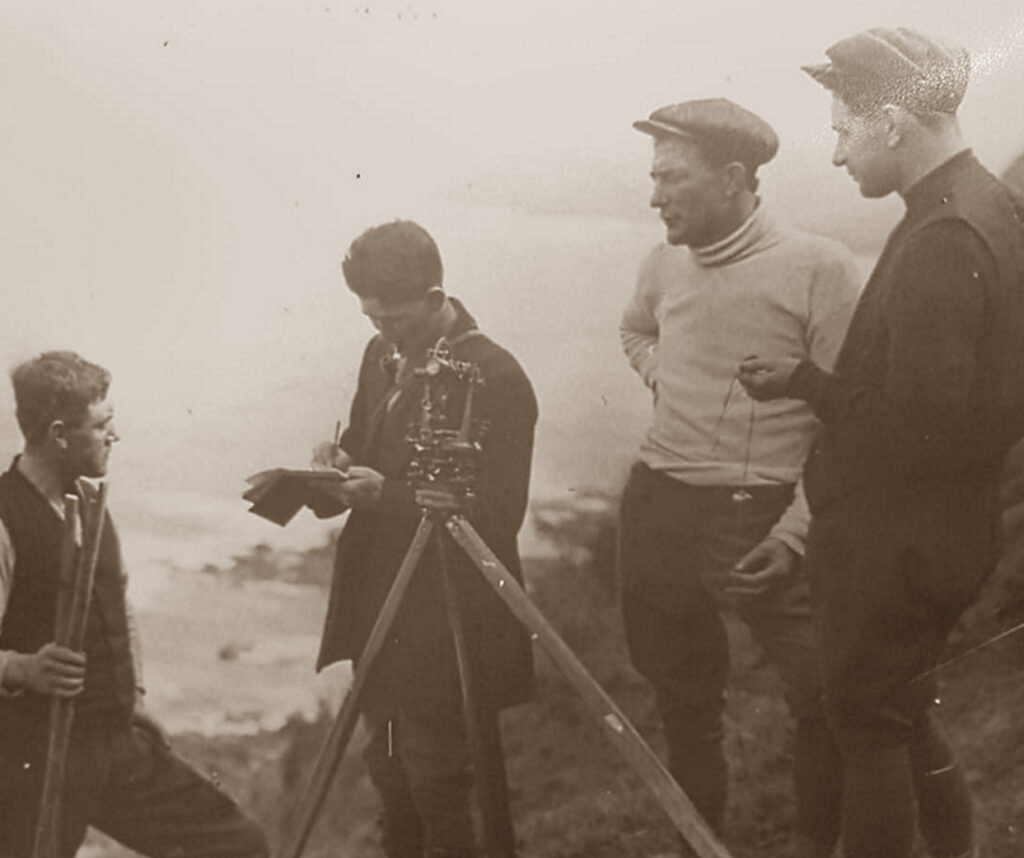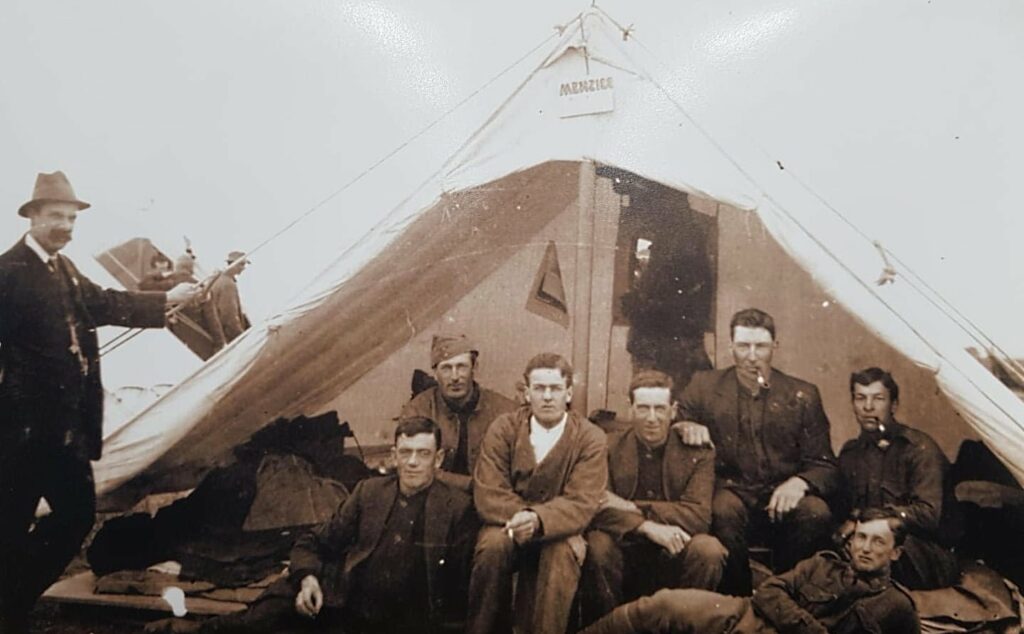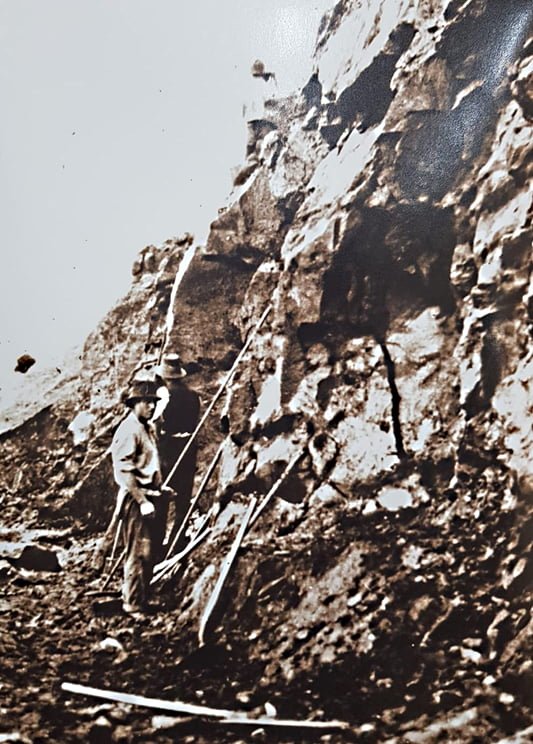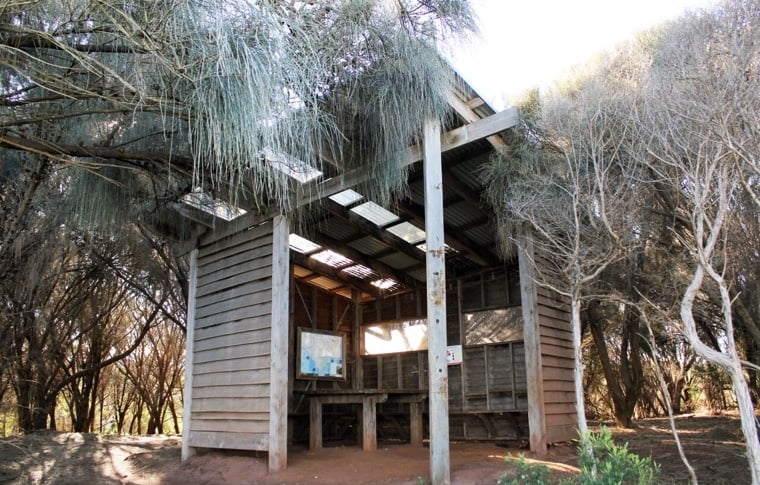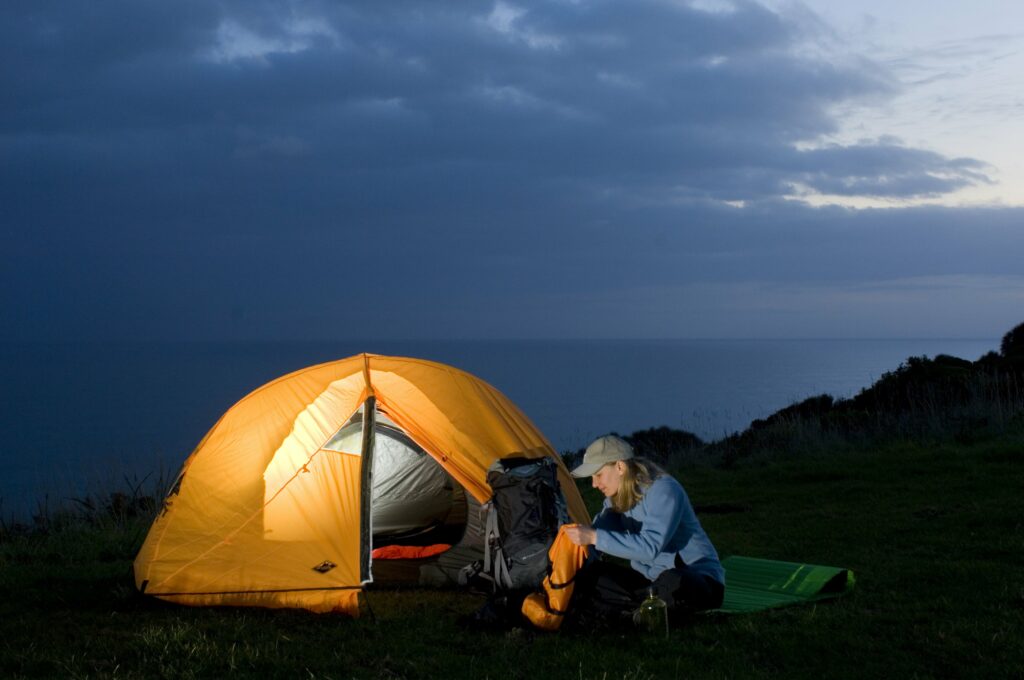100 Years of the Iconic Great Ocean Road

The year 2019 marked the centennial anniversary of the commencement of construction on the iconic Great Ocean Road in Australia. Tracing the southeastern coast, this remarkable road provides unparalleled views of the Great Southern Ocean. The Great Ocean Walk, spanning 104km, begins in the Apollo Bay township and culminates at the majestic 12 Apostles. The creation of the Great Ocean Road was instrumental in making the Great Ocean Walk a reality, offering access to some of the country’s most breathtaking landscapes.
The Great Ocean Road opened over 100 years ago, and the Great Ocean Walk — and Walk91 — simply wouldn’t be here without it. This is worth acknowledging and celebrating! If anything we say in this blog inspires you to take one of our Great Ocean Walk Tours, keep reading to learn more and get in touch if you have any questions.
For more information about the Great Ocean Road, read Australia.com’s guide.
Great Ocean Walk vs. Great Ocean Road: Understanding the Difference
There’s often confusion between the “Great Ocean Walk” and the “Great Ocean Road,” and it’s important to distinguish the two. While the Great Ocean Road facilitates access to various destinations along the coast, the Great Ocean Walk offers a more intimate experience with nature, winding along beaches and through bushland to the left of the road.
Unlike the road, which is flanked by various accommodations, the Great Ocean Walk provides a unique adventure with camping options supported by Walk91. However, no permanent accommodations exist directly on the trail itself.
This clarification helps visitors appreciate the unique experiences offered by the Great Ocean Road and the Great Ocean Walk, enhancing their exploration of this spectacular region of Australia.
The Purpose and Impact of Building the Great Ocean Road
The Great Ocean Road was conceived as an ‘international tourism and motoring icon’ and a means of providing employment for soldiers returning from World War I. At a time when the economy was weakened, further exacerbated by the Spanish Flu outbreak, the construction of the road offered these veterans vital job opportunities.
Initially estimated to take 3 to 4 years to complete the stretch from Barwon Heads to Warrnambool, covering approximately 188 kilometres, the actual surveying and construction spanned from 1919 until 1932.
A Vision for Remembrance and Economic Revitalization
During the road’s planning, Howard Hitchcock, the Mayor of Geelong, envisioned the Great Ocean Road as a memorial serving several purposes. He saw it not only as a tribute that would benefit local settlers and provide enjoyment to countless tourists and motorists but also as a catalyst for economic activity in Victoria, encouraging the circulation of money within the state rather than being spent elsewhere.
Transforming Access and Boosting Local Industries
The construction of the Great Ocean Road significantly improved access to remote towns like Apollo Bay, which had previously been isolated by the Otway Ranges and accessible only via steep inland roads or by navigating the treacherous waters of Bass Strait. The road facilitated mail delivery and telephone line maintenance and provided a crucial route for responding to shipwrecks. It also stimulated the timber industry and enhanced military access, bolstering Australia’s defences in anticipation of potential future conflicts.
This project commemorated World War I veterans’ sacrifices and played a crucial role in Victoria’s economic and infrastructural development, leaving a lasting legacy on the region.
Funding and Toll Implementation for the Great Ocean Road
The conceptualisation of the Great Ocean Road began in the 1880s, laying dormant until after World War I, when the vision for this monumental project was revitalised with a focus on re-employing veterans.
Mr. W Calder, then chairman of the Country Roads Board, presented a proposal to the State War Council advocating for allocating funds to support the reintegration of returned soldiers into the workforce. The initial budget for the road’s construction was $150,000, a figure considered economical owing to the availability of necessary materials directly along the proposed route.
Financial Strategies and the Introduction of a Road Toll
To finance the construction, the Mayor launched a financial appeal, coupled with the introduction of a toll on the Great Ocean Road. This toll was a means to gather funds for the ongoing construction and maintenance of the road and served as a pioneering approach to infrastructure financing at the time. The toll system underscored the project’s innovative strategies to manage its budget and ensure the road’s completion, facilitating the transformation of a visionary idea into one of Australia’s most iconic landmarks.
These measures reflect the pragmatic approach to funding the Great Ocean Road, emphasising the project’s dual goals of creating a lasting memorial and stimulating economic growth through infrastructure development and job creation for veterans.
The Workforce Behind the Great Ocean Road: Supporting ANZAC Veterans
The construction of the Great Ocean Road required a diverse team of professionals, including engineers, architects, draftsmen, foremen, and labourers. A significant portion of the project’s $150,000 budget was allocated to provide wages for the discharged ANZAC soldiers. This initiative aimed not only to offer them employment but also to engage them in meaningful work. Many of these veterans were grappling with post-traumatic stress disorder (PTSD), facing challenges in adjusting to civilian life after the horrors of war.
Addressing the Mental Health Challenges of Returning Soldiers
The aftermath of World War I saw an increase in social issues among returning soldiers, such as violence and alcohol abuse, as they struggled to cope with their experiences. Historian Bill Gammage highlights the mental health struggles faced by these men:
“For some men, the hardest adjustments were those of the mind. In the cities, there was an upsurge of violence and drunkenness in 1919 […] Men […] were trying to forget, to blot out the gruesome sights and the waste of a horrible past.”
This poignant observation underscores the importance of providing returning soldiers with purposeful employment, such as the work on the Great Ocean Road, to aid their reintegration into society and help them cope with the psychological aftermath of the war.
These efforts to support ANZAC veterans through the construction of the Great Ocean Road reflect a broader commitment to acknowledging and addressing the mental health challenges faced by returning soldiers while also contributing to a monumental project that would become a lasting legacy of their service.
Hardship and Comradeship of Building the Great Ocean Road
The initial proposal for the Great Ocean Road painted an idyllic picture, suggesting that the “congenial surroundings, such as bathing, fishing, shooting, combined with a health-restoring climate,” would benefit the mental health of the soldiers involved in its construction. Despite these optimistic projections, the reality was far more demanding.
The work required to carve this iconic route along the coast was gruelling. Hundreds of soldiers, many still grappling with the trauma of Gallipoli and the horrors of war, found themselves engaged in physically exhausting tasks. They dug, shovelled, and blasted through rock to create the road, a physically and mentally challenging process.
Fostering Brotherhood Through Shared Labor
Despite the arduous work, there was a silver lining in the form of the strong bonds of brotherhood that developed among the soldiers. Working in teams and sharing tents and meals created a sense of camaraderie that starkly contrasted their experiences in the war. This time, their efforts were met with the peaceful backdrop of the Australian coast rather than the battlefield’s violence. The absence of conflict and the shared purpose in a monumental task helped to forge a deep sense of unity and mutual support among the veterans.
This camaraderie among the ANZACs fostered through their collective endeavour on the Great Ocean Road highlights a poignant aspect of the project’s legacy. It transformed a rugged coastline into a scenic thoroughfare and provided a setting where veterans could find solace in companionship, making significant strides in their journey towards healing.
Enhancing Agriculture and Boosting Tourism Along the Great Ocean Road
The construction of the Great Ocean Road significantly contributed to the development of the surrounding farmlands, making previously inaccessible areas ripe for agricultural investment. This expansion was not limited to farming alone; it also led to the proliferation of butter factories and other agricultural industries, which in turn increased job opportunities and raised the value of land along the route. This development showcases the road’s role in enhancing local agriculture and the economy.
Promoting the Great Ocean Road as a Premier Tourist Destination
Tourism was a central element of the fundraising efforts for the Great Ocean Road, with proponents comparing it to renowned ocean roads worldwide to highlight its unparalleled beauty. They argued that the road would surpass famous routes like the Riviera in the South of France, the North Coast of Devonshire’s road from Ilfracombe, the Coast of Tasmania, the San Francisco Road, Cape Town’s suburbs, and Bulli Pass in New South Wales in terms of its scenic value, encompassing ocean, mountain, river, and fern gully views.
The Great Ocean Road’s Legacy as a Global Attraction
This ambitious vision from a bygone era has been realised beyond expectations, with the Great Ocean Road attracting up to six million visitors annually. This figure stands as a testament to the foresight of its promoters and the enduring appeal of the road’s stunning natural scenery. The success of the Great Ocean Road as a tourist destination is a legacy that the ANZACs who worked on its construction could scarcely have imagined, cementing its status as a world-class travel experience.
The transformation of the Great Ocean Road from a visionary project to a major agricultural and tourist hub illustrates its significant impact on the region’s development and global reputation.
Ensuring the Longevity of the Great Ocean Road
The Great Ocean Road’s popularity has surged to unprecedented levels over the past thirty years, presenting a formidable challenge for the maintenance team tasked with its upkeep. Thanks to recent state and federal funding injections, Regional Roads Victoria has undertaken significant efforts to preserve this iconic route. These efforts include replacing aging bridges, resurfacing damaged road sections, and conducting geotechnical work to reinforce the roadbed and stabilise adjacent hillsides. Intriguingly, some tools used by the ANZACs during the road’s original construction a century ago have been unearthed during these maintenance activities. These historical artifacts have been carefully preserved in the Apollo Bay Museum, serving as a poignant homage to the soldiers who returned from war to build this road.
Paving the Path for the Great Ocean Walk
The extension of the Great Ocean Road with bitumen beyond Apollo Bay was a milestone not achieved until the early 1990s. Following this, the Great Ocean Walk was officially completed in 2005, marking a new chapter in the region’s accessibility and tourism. Diverging from the bustling traffic of the road, the Great Ocean Walk offers an immersive experience over its 104-kilometer stretch. It weaves through various forests and open beaches, providing hikers with stunning vistas from clifftop trails. This trail allows adventurers to marvel at the rugged beauty of the coastline and ponder the colossal effort required to forge the Great Ocean Road through dense forest, highlighting the enduring legacy of this monumental engineering feat.
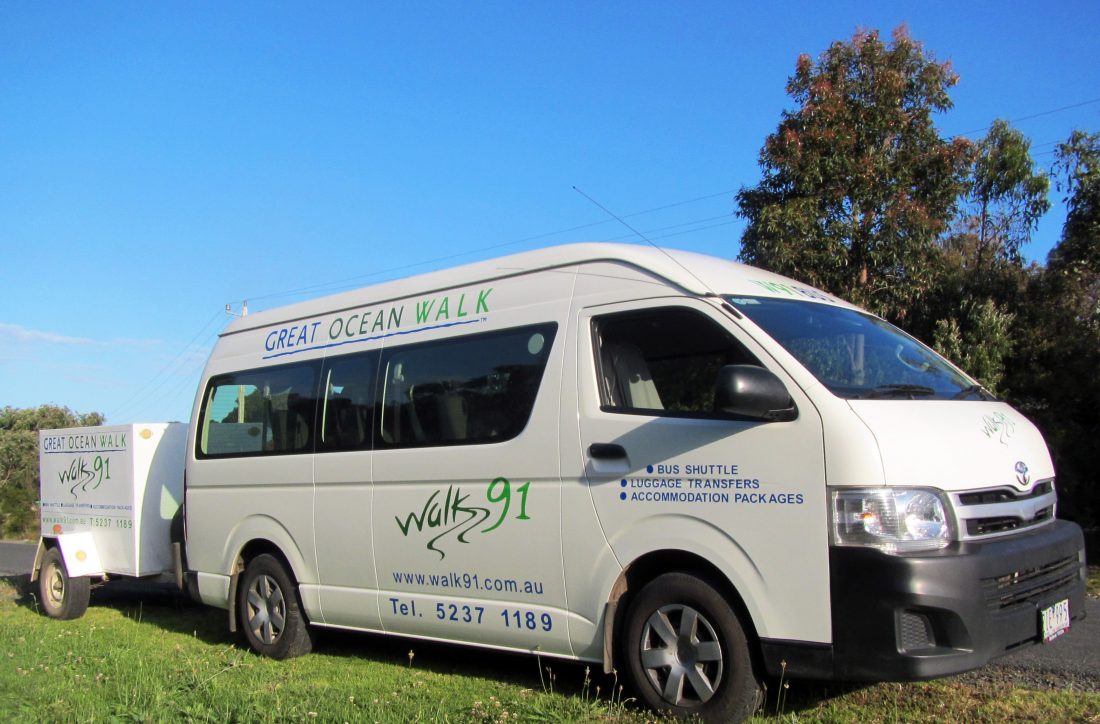
Navigating Access and Camping Along the Great Ocean Walk
While adjacent to the iconic Great Ocean Road, the Great Ocean Walk intersects with the road at only a few points along the trail. This means that hikers embarking on the Great Ocean Walk must meticulously plan their pickups and drop-offs, as direct road access is not always available. In certain areas, only management tracks exist, and these are exclusively accessible to Parks Victoria Rangers or emergency services.
For those adventurers keen on a multi-day hiking and camping experience spanning six or seven days and carrying all necessary camping gear, pre-booking hike-in campsites through Parks Victoria’s online system is essential. It is important to be fully prepared, as no convenience stores are along the trail for resupply. Hikers must bring all essentials, including water since the availability of tanks along the trail is variable and dependent on recent rainfall. Although the water from these tanks is unsuitable for drinking, it can be used for cooking. Additionally, with no waste disposal facilities on the trail, hikers are responsible for carrying out all the trash they bring in, adhering to the principle of leaving no trace.
Camping Support and Food Drops on the Great Ocean Walk
Alternatively, if you are looking for a bit of camping support whilst on the Great Ocean Walk, Walk91 can provide a lockable trailer for you to store your gear in, so you don’t have to carry anything for most of the walk except a day pack. The trailer will be supplied with water, and you can leave your rubbish there, and we can dispose of it for you.
You can choose from 3-day or 6-day Great Ocean Walk Tour options, and we recommend the best campsites along the Great Ocean Walk trail. So if this option offers the support you need, please contact us with any questions. Also, keep in mind that we also offer a 6-Day Walk with the complete Great Ocean Walk in 6 nights supported by camping and 2 nights in accommodation, so if you feel like ending your walk in a bit of comfort with a home-cooked meal, this might be the option for you!
We look forward to hearing from you 🙂
Finally, thank you to all the wonderful local staff at the Apollo Bay Museum for their great enthusiasm in keeping the history of Apollo Bay alive. If you are in Apollo Bay, please visit the museum to look at the great photos of the Great Ocean Road and meet some wonderful locals who are more than happy to chat about our area’s rich history.
